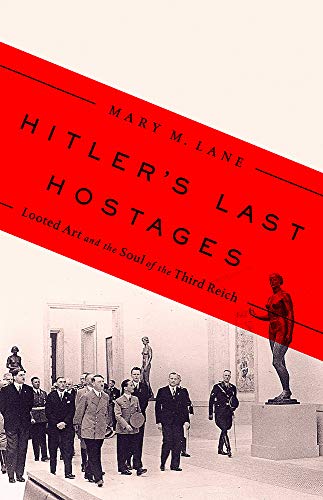Hitler’s Last Hostages: Looted Art and the Soul of the Third Reich
Just after the Royal Air Force drops more than 650,000 firebombs and destroys at least 80,000 homes in Dresden, Germany, Hildebrand Gurlitt packs up his family and some of the precious art works he has gathered as Adolf Hitler’s art dealer, including Two Riders on the Beach by Max Liebermann. Hitler’s Last Hostages traces the path of the Riders and other artworks hidden by Gurlitt’s son Cornelius until 2013.
Throughout the Third Reich, Nazi operatives looted art museums and confiscated masterpieces from Jewish and other families sent to forced labor or death camps. One objective was to eliminate objets d’art that were considered to be “degenerate.” Another was to populate the post-war Führermuseum, Hitler’s dream of building Europe’s crème de la crème art museum in Linz.
Recent books and films have covered some of this territory. The Monuments Men portrayed the Allied soldiers and others who hunted for stolen masterpieces. Woman in Gold recalled Jewish refugee Maria Altmann’s quest to regain Gustav Klimt’s Portrait of Adele Bloch-Bauer that was stolen from her family in the 1940s.
Hitler’s Last Hostages homes in on the Gurlitts and author Mary Lane’s reportage for the Wall Street Journal. She first came across the story when Cornelius’s Munich apartment was raided by tax officials in 2013 and nearly 1300 artworks were found propped up against the walls, and then follows it until Cornelius’ death in 2014.
Hitler’s Last Hostages paints a larger canvas. From Hitler’s early days as a young artist, the text sketches the war years and the rise of “degenerate” attitudes about art, Hitler’s passion for possessing art, art dealings during and after the war, and the liberation of one masterpiece―Liebermann’s Riders. A compelling and vibrant portrait.










